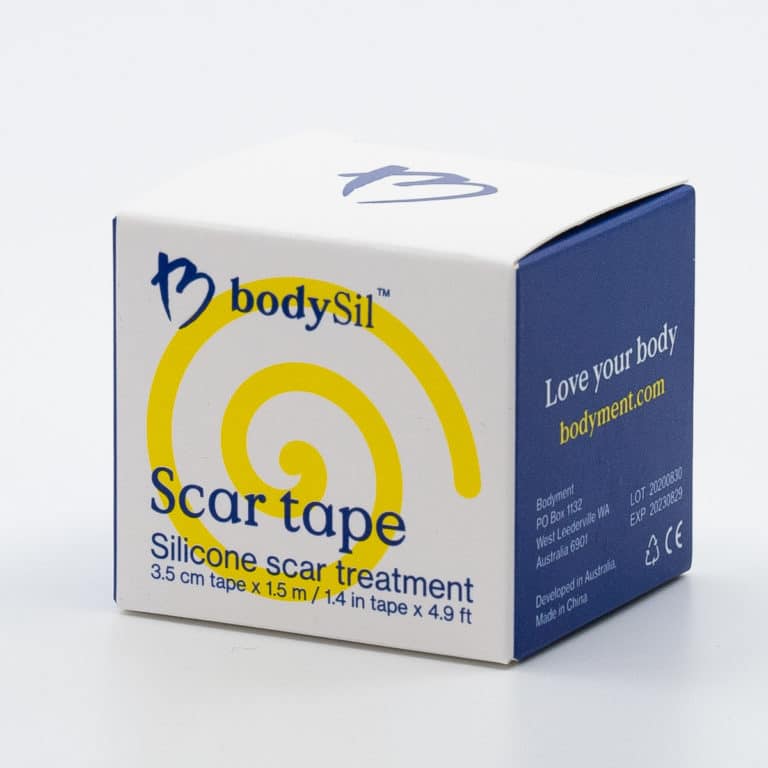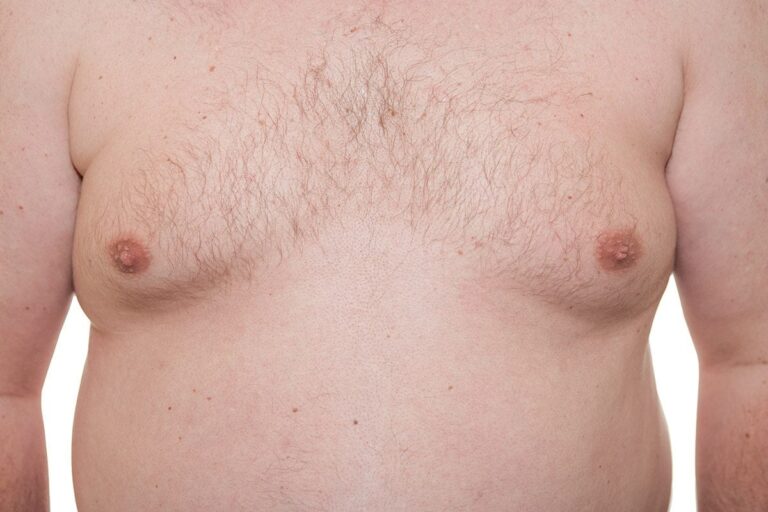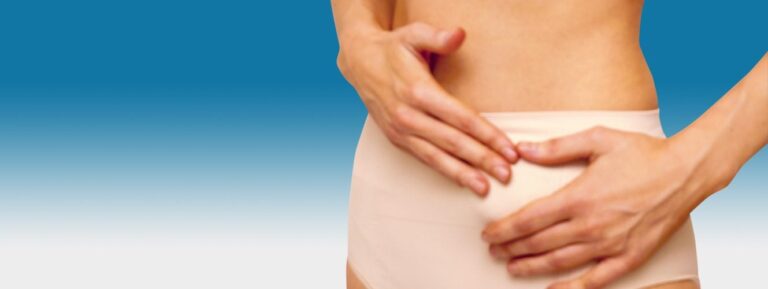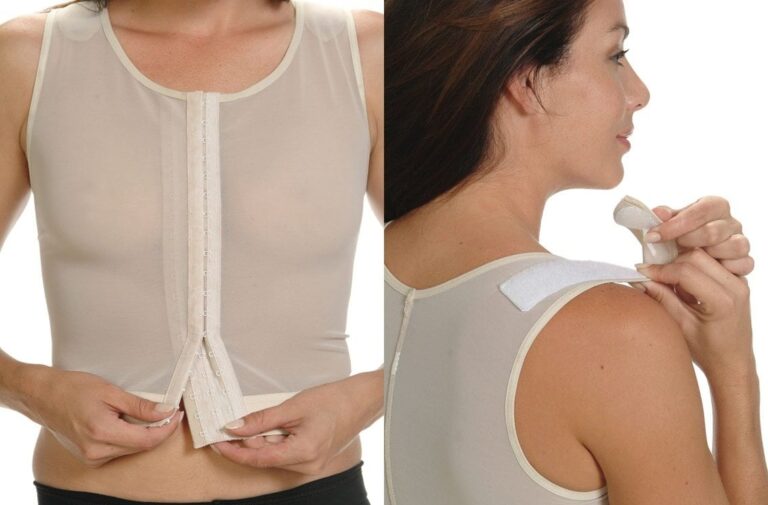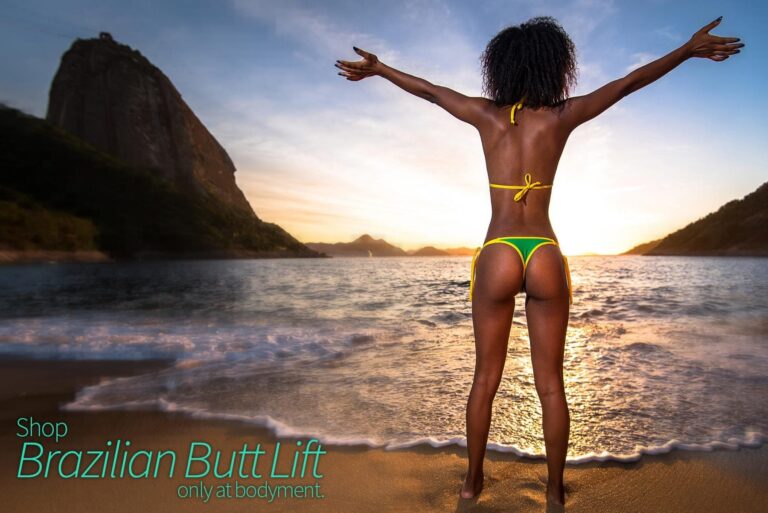The benefits of compression hosiery during and after pregnancy:
If you’re pregnant, you’ve probably got a shopping list of recommendations long enough to stock your own maternity store. With so many choices to consider, it’s hard to know which products will really make your life easier for those nine months and beyond.
In our opinion, compression hosiery is one thing that’s absolutely worth the investment. Not only can it ease aching legs in the last months of pregnancy, but it also helps prevent more serious conditions such as deep vein thrombosis.
In this article, we’ll take a look at exactly how compression wear can help during and after pregnancy, as well as sharing some of our top picks for mums-to-be.
What is Compression Hosiery ?
Maternity compression hosiery is a range of specially designed undergarments intended to improve blood circulation and relieve discomfort in the lower body during pregnancy.
Tights (pantyhose), stockings, shorts and leggings are some of the most common options, made with various mixes of nylon, cotton and elastane.
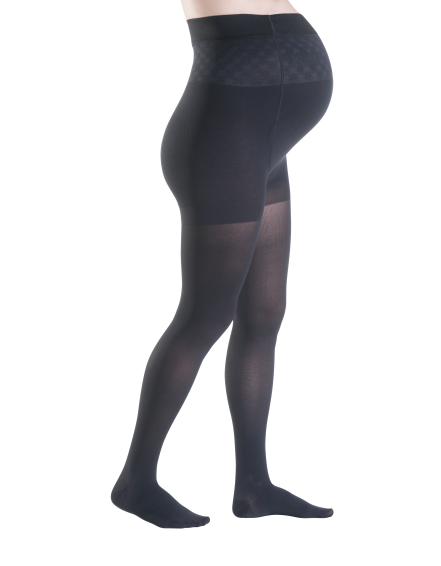
How Does Compression Hosiery work ?
During pregnancy, your body retains around 50% more blood and fluid to support the foetus.
Thanks to gravity and the pressure of your growing uterus on the veins in your lower body, blood pools in your legs and feet causing mild swelling known as oedema. This is a perfectly normal part of pregnancy, however it can be uncomfortable or even painful.
Compression tights help get the blood moving upwards by a mechanism called “graduated pressure”. This means that they squeeze tightest at the ankle and lower calf, and gradually loosen pressure towards the top.
Who needs Compression Hosiery ?
Signs of oedema during pregnancy include:
• Swelling lessens when the feet are raised
Unless you’re one of the lucky 20%, you’ll likely benefit from using compression from the end of your second trimester and throughout your third trimester.
Moreover, all of that fluid doesn’t just disappear as soon as the baby is born. Compression hosiery can also help clear fluid in the weeks after birth.
Benefits of Compression Hosiery
Improves blood circulation
As we’ve discussed, compression wear forces blood to move from the feet back towards the heart, an effect which has a “significant improvement” on circulation, according to experts. Good circulation helps flush waste from your body tissues and brings nutrients and oxygen to where they’re needed.
Reduces swelling
In late pregnancy, you’ll probably find it hard to squeeze into your favourite pair of boots as your calves and ankles swell. Putting on a pair of compression tights first thing in the morning and wearing them throughout the day helps your legs retain their original shape and can make finding fitting footwear less of a pain.
Eases pain and energises tired legs
A survey of women in the late stages of pregnancy reported less tiredness and pain when wearing compression hosiery.3 This makes it easier to continue your usual activities for as long as possible, particularly helpful if you have a job where you’re on your feet all day.
Lowers the risk of deep vein thrombosis
Deep vein thrombosis (DVT) is a life-threatening condition where a blood clot forms in a vein deep in the body, usually in the thigh or lower limb. The clot may break free and block essential blood flow, causing a fatal pulmonary embolism.
Pooling blood in the legs and hormonal changes mean clots form more easily during pregnancy. Long periods sitting or lying down, such as on a flight or car trip are additional risk factors. While compression hosiery can’t prevent all DVTs, properly fitted medical compression can lower your risk.
Helps prevent varicose veins
Varicose veins are the bulging, purple or blue vessels that show up on your lower legs and thighs. The culprit? Pooling blood. Up to 35% of women are affected during pregnancy, and they can be permanent. Compression socks and tights can help minimise or prevent the appearance of varicose veins.
Choosing the right maternity Compression Hosiery
Graduated compression
As we’ve mentioned previously, graduated compression socks and tights squeeze tightest at the ankles and reduce pressure gradually up your leg.
This squeezing pressure is measured in mmHg, for example, our JOBST Ultrasheer Maternity pantyhose with 15-20mmHg compression, have 20mmHg of pressure at the foot and 15mmHg pressure at the top. The 20-30mmHg version works the same way with stronger compression.
Your doctor can help recommend the right level of compression for your particular needs.
Maternity design
Unlike compression tights for sport or post-operative recovery, maternity compression tights have an elasticated pouch so they remain comfortable as your bump grows.
All of our maternity compression hosiery has this feature, for example, the Sigvaris Magic Maternity Pantyhose, Sigvaris Magic Maternity Pantyhose Class II and Sigvaris Delilah Sheer Maternity Pantyhose
Back and bump support


